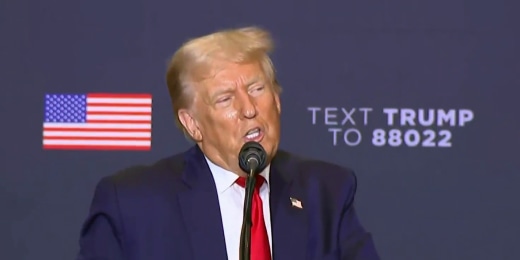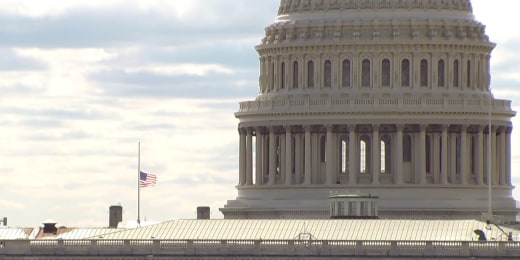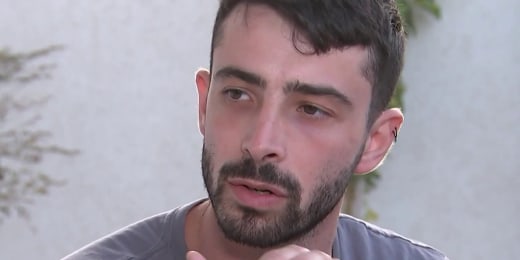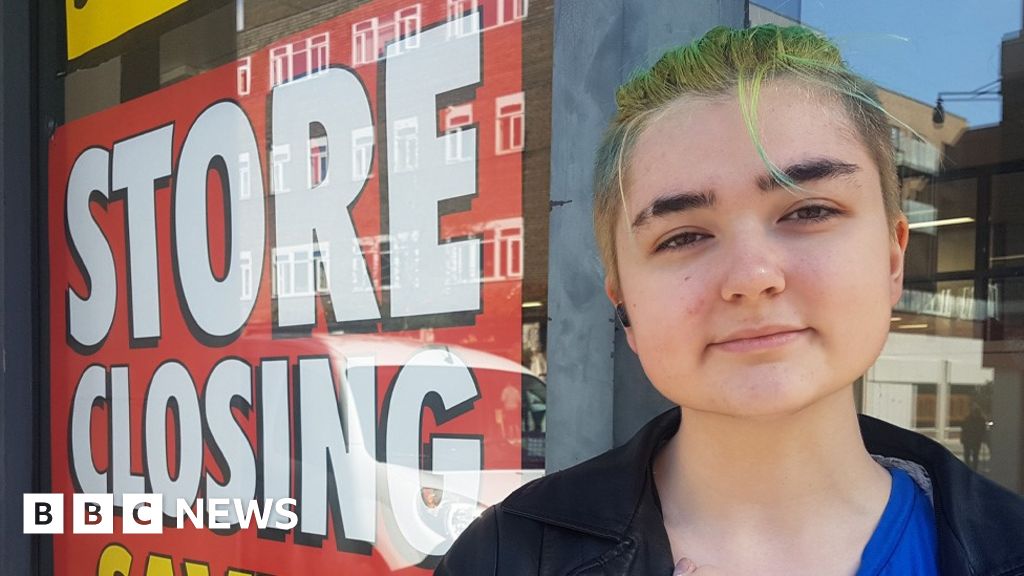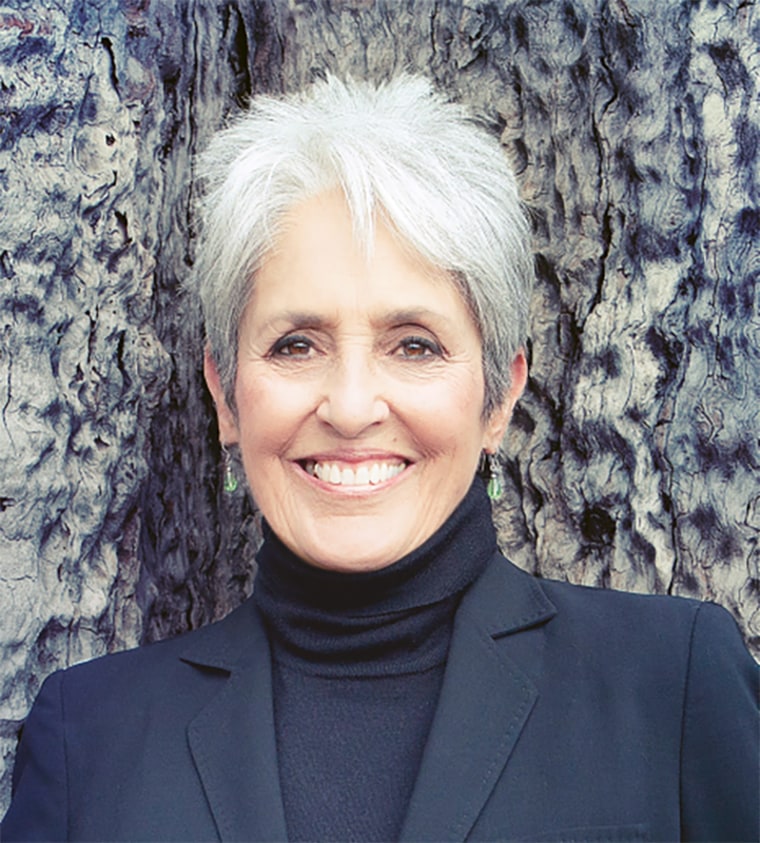 Science & Environment
Science & Environment
I’m a strong, independent woman, but my divorce hurt…
Dear Haya,
I am a single mother in my 30s. My daughter means the world to me and I want her to grow up as a strong, independent woman. My divorce, however, hurt me a lot, as I had never imagined what the future held for me when I got married.
While the marriage was a thousand times tougher than the divorce, I find myself in darkness sometimes and feel terribly depressed thinking about how my perfectly planned life took a 360-degree turn.
Even though I’m stronger than most people finding it harder to cope with heartbreak and divorce, there are times I just feel it’s too much for me to handle given how it has impacted and left my mental health in shambles. I try to stay as happy as I can, at least for my loved ones, especially my daughter, but dark days still exist. How do I cope with this feeling?
— A single mother

Dear Single Mother,
I am sorry to hear what you are going through. It takes an incredible amount of strength and courage to leave something that is not serving you anymore. At the same time doing the right thing can also be the hardest thing you’ll ever do.
You can leave something that you know is not good for you and find it incredibly hard. Both can coexist at the same time. Even though you’ve done what’s right for you that doesn’t mean you will not feel heavy emotions or heartbreak.
I hear that you want to be strong for your daughter and want to raise her as an independent woman, but true strength is also owning your vulnerabilities instead of trying to be positive all the time. That’s a lot of burden to carry.
It’s okay to feel down, depressed and have dark days. I see that you try to remain as happy as you can for your daughter and loved ones, but are you really being true to yourself? How do you cope with your dark days?
Do you just shrug off how you’re feeling, or do you give your space to feel how you’re feeling? Do you show yourself the compassion you need on those days? These are questions worth exploring for you.
True strength is seeing things for what they are in your situation, walking away from what doesn’t serve you and being able to identify and give yourself what you need in the present moment.
Now, let’s come to the impact it has on your mental health. What are you currently doing to maintain a healthy mental well-being?
Here are some things you can do:
Seek professional help: I would highly recommend for you to see a therapist. When a relationship ends it’s important to explore our own emotional needs, become self-aware of ourselves and work on our patterns and dynamics.
Build a support system: Spend time with people who truly bring you joy and add value to your life — not those who drain you.
Practice self-care: Make this a priority. There are things you do solely for yourself to enhance your sense of well-being. For example, exercise or movement for even 20 minutes a day. I would highly recommend this, as it has one of the biggest impacts on mental health, journaling, a hobby that brings you joy, going to the spa etc. Find what works for you.
Feel your feelings: Acknowledge and feel your full range of emotions and accept that it’s okay to have dark days. Healing is a process. There is no timeline. Mourn the loss of what was.
Practice appreciation: Give yourself credit for how far you’ve come.
Set goals: Setting goals for yourself and your daughter will give you a sense of direction and help create your future.
Support groups: Try connecting with people who have been through similar experiences.
Remember that healing from a divorce takes time. Acknowledge yourself for how far you’ve come and allow yourself to feel a range of emotions. Prioritise your mental well-being. The way you treat and take care of yourself is also setting the same example for your daughter.
Remember, vulnerability is not a weakness but a strength that allows us to be our authentic selves and build a sense of empathy.
It is having the courage to be seen and show up even when we may have no control over the outcome. Your journey may not be what you have expected it to be, but you have the strength to navigate it and create another future for yourself.
Sending you healing.
Best wishes,
Haya

Haya Malik is a psychotherapist, Neuro-Linguistic Programming (NLP) practitioner, corporate well-being strategist and trainer with expertise in creating organisational cultures focused on well-being and raising awareness around mental health.
Send her your questions to [email protected]
Note: The advice and opinions above are those of the author and specific to the query. We strongly recommend our readers to consult relevant experts or professionals for personalised advice and solutions. The author and Geo.tv do not assume any responsibility for the consequences of actions taken based on the information provided herein.















